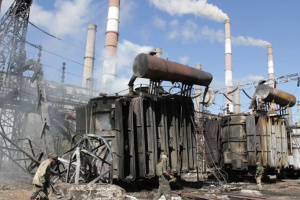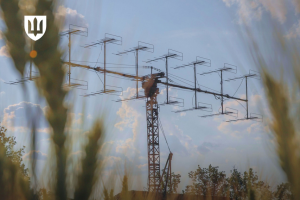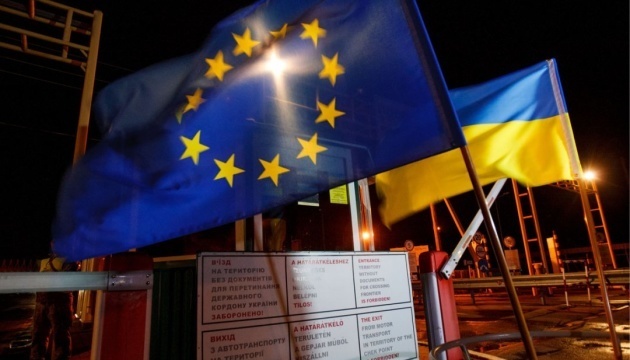
‘Small accession’ to the EU: The first outcomes of the ‘customs visa-free regime’ for Ukraine
On October 1, 2022, the provisions of the international conventions, namely the Convention on a Common Transit Procedure and the Convention on the Simplification of Formalities in Trade in Goods, came into effect for Ukraine. So, over the past week, Ukrainian businesses have already been enjoying the benefits of the so-called ‘customs visa-free regime’, which, among other things, facilitates the international movement of goods between 35 Member States of the Conventions as much as possible: goods can cross any number of frontiers between them using a single transit document. This is a huge gain in time that is usually spent on the completion of documents and other customs formalities, as well as soothed nerves, minimized human factor risks and a considerable monetary benefit.
Although we are talking of the very first steps towards implementing simplifications in the everyday life of carriers, importers and exporters, and far from all domestic businesses have gained insight into the peculiarities and advantages of the common transit, one can definitely say: this reform is bound to be successful. The ‘customs visa-free regime’ will improve trade between Ukraine, the European Union and its partners, while the system itself and the path taken by Kyiv to join the Conventions will become a model for Ukraine’s European integration in the rest of directions. Such conclusions were reached by participants in the First Customs Platform: Ukraine-EU 2022, which took place in Kyiv on October 5, 2022. Ukrinform has studied the arguments.
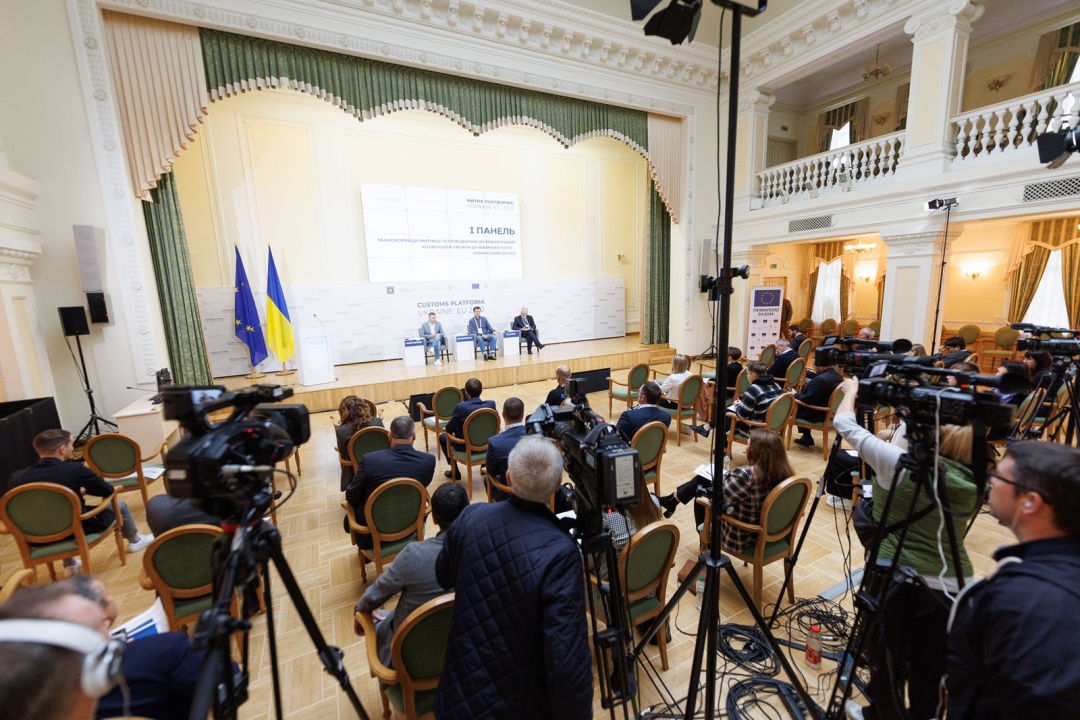
‘Customs visa-free regime’: The path traveled and the ‘European light’ ahead
The first transit declaration T1, which had been completed under the new rules (for Ukraine), was sent from Germany to Ukraine last Saturday. On October 1, 2022, the first transit declaration for export from Ukraine was also created, and the cargo went through Poland to Germany. The Ukrainian Finance Ministry mentioned that, according to the ‘customs visa-free regime’, a single transit document is submitted to carry goods from one country to another: from the customs office of departure to the customs office of destination. This speeds up customs formalities at the border and reduces relevant costs for businesses. At the same time, this is an important image gain for the state, the recognition of the effectiveness of reforms implemented by it.
In other words, it is a small step for specific Ukrainian businesses but a big victory on the country’s way towards the European integration. Without irony or fanfare. After all, the credibility of such thesis was recognized not only by Ukrainian government officials and experts but also foreign participants in the Customs Platform, and, generally, everyone who was involved or followed the several-year process of Ukraine’s accession to the international Conventions.
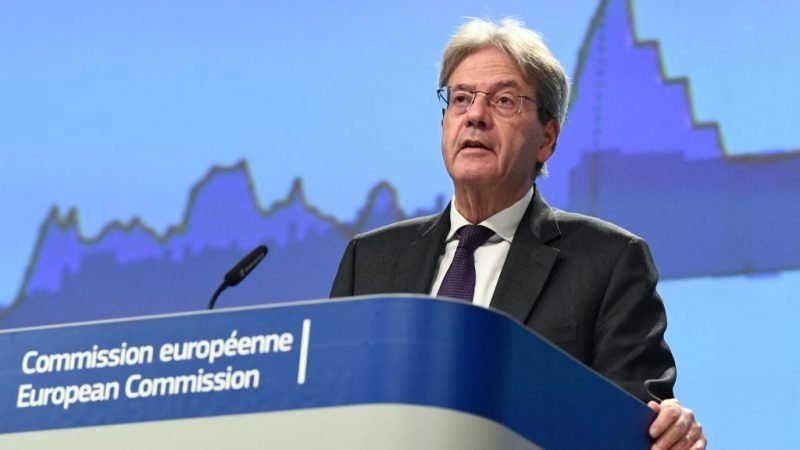
According to European Commissioner for Economy Paolo Gentiloni, “never have the ties between Ukraine and the EU been closer than today”.
“I want to congratulate Ukraine on its entry to the Common Transit Convention, which means that customs transit procedures with the EU are now much simpler and more efficient. I am confident that this will not only facilitate, but actually boost trade between the EU and Ukraine. We will work closely together with the Ukrainian authorities to ensure that this opportunity delivers maximum benefits in the coming months and years,” Gentiloni emphasized.
The Customs Platform participants reached a conclusion that customs is a driving force that moves Ukraine towards the EU.
“The customs legislation of the European Union reflects a new economic reality, as well as a new role and mission of the customs service. It has transformed the mission of customs authorities, giving them a role in the chain of supplies and monitoring, and turning them into a catalyst for the competitiveness of countries and companies. Facilitating legitimate trade requires simple, fast and standard customs procedures and processes. The purpose of the new Customs Code of the EU is to ease customs legislation, allow for the use of modern tools and technologies. The common transit procedure and the use of NCTS [New Computerised Transit System – Ed.] are an example of implementing the new role of customs,” EU4PFM International Key Expert on Customs Reforms Vytenis Ališauskas noted during a discussion.
Earlier, in a blog for Ukrinform, Ališauskas called Ukraine’s accession to the Transit Conventions as a ‘small accession’ to the EU. He explained: “The EU was initially intended primarily as a customs union. Therefore, the issue related to customs, namely the free movement of goods between countries, was considered as one of the key issues in the course of the creation of the European Union. A common transit procedure became a touchstone for the subsequent establishment of common customs processes. Subsequently, all new ideas were implemented in other customs procedures based on the successful example of common transit. That is why preparations for joining the Convention on a Common Transit Procedure are so important.”
Ukraine commenced the process of joining the Convention on a Common Transit Procedure immediately after signing the Association Agreement with the European Union. From 2019, Ukraine followed an intensive work schedule, even during the war. As of mid-summer 2022, Ukraine had relevant legislation and procedures that were fully consistent with the EU Customs Code. This is not just about the implementation of some single IT system or a law. It was a complex task that required developing and adapting technical systems, deploying them on hundreds of computers, training thousands of customs officers to work with the system, communicating and informing businesses, providing expertise, communicating with specialised European structures, developing and adopting a lot of new primary legislation and secondary legislation which complies with the European acquis.
“The updated transit legislation should now comply with EU norms, and, of course, make it possible (i.e. legal) for Ukraine to apply the common transit procedure in full, as is provided for by the Convention,” Ališauskas concluded.
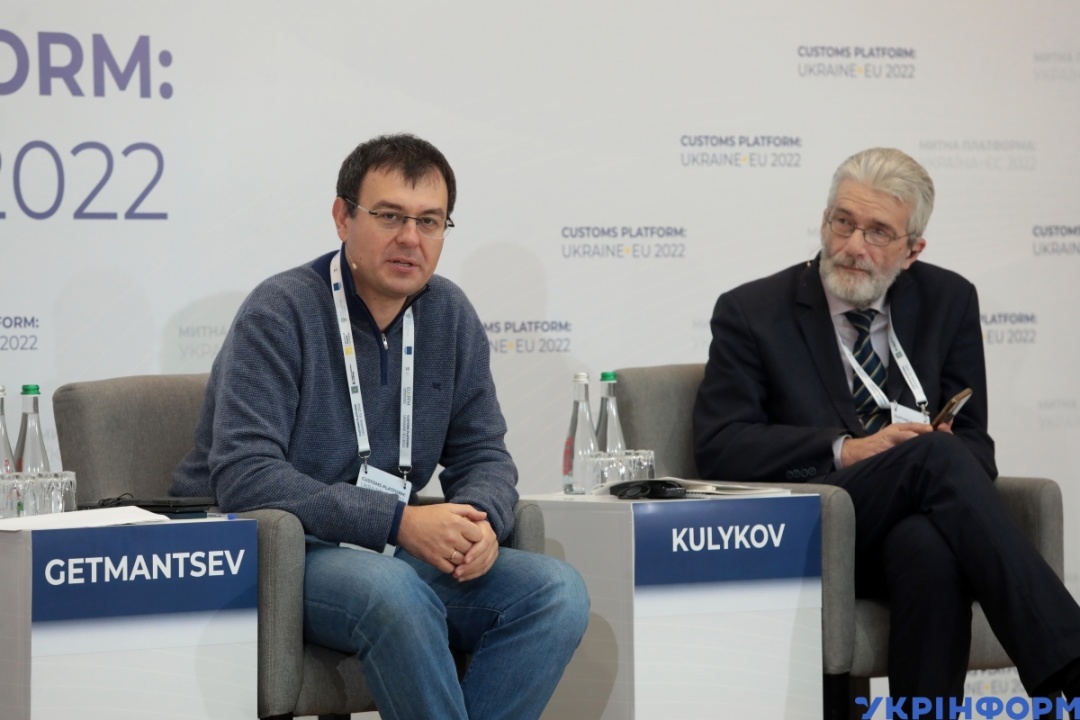
Danylo Hetmantsev, Chairman of the Verkhovna Rada Committee on Finance, Tax and Customs Policy, agrees with such assessments.
“The implementation of all provisions for joining the NCTS into Ukrainian legislation has been carried out in recent months thanks to the coordinated and intensive work of all branches of the Government and international partners. We have set ourselves an ambitious goal: in December 2024 – membership in the EU. And on this path, all our actions on the implementation of the EU legislation should take place at exactly the same pace and in exactly the same format as it happened with the ‘customs visa-free regime’. This is a great example and a unique opportunity for businesses,” Hetmantsev stressed when delivering his speech during the First Customs Platform.
“It is important to realize that Ukraine, with the support of international partners, has accomplished an incredible feat in the shortest possible time: on August 25, 2022, Ukraine received an official invitation to join two Customs Conventions and the international application of NCTS, which is already commonly named ‘Customs Visa-Free Regime’. On October 1, 2022, the ‘Customs Visa-Free Regime’ started to work for Ukraine: the first cargoes crossed the border of Ukraine in both directions according to the NCTS common transit procedure,” Ukrainian Finance Minister Sergii Marchenko said, opening the Customs Platform session.
The path Ukraine traveled to receive the invitation started back in 2019. In September 2019, Kyiv endorsed a decision to use a transit system at the national level.
“During 2020, all the necessary subordinate laws and regulations were endorsed, and this is about 800 pages. In March 2020, the NCTS was launched locally. Additionally, in 2021-2022, we passed through the preliminary and final assessment missions of the European Commission regarding the correct application of such rules at the national level,” Ukrainian Finance Deputy Minister for European Integration Yuriy Drahanchuk recalled in an interview with Ukrinform.
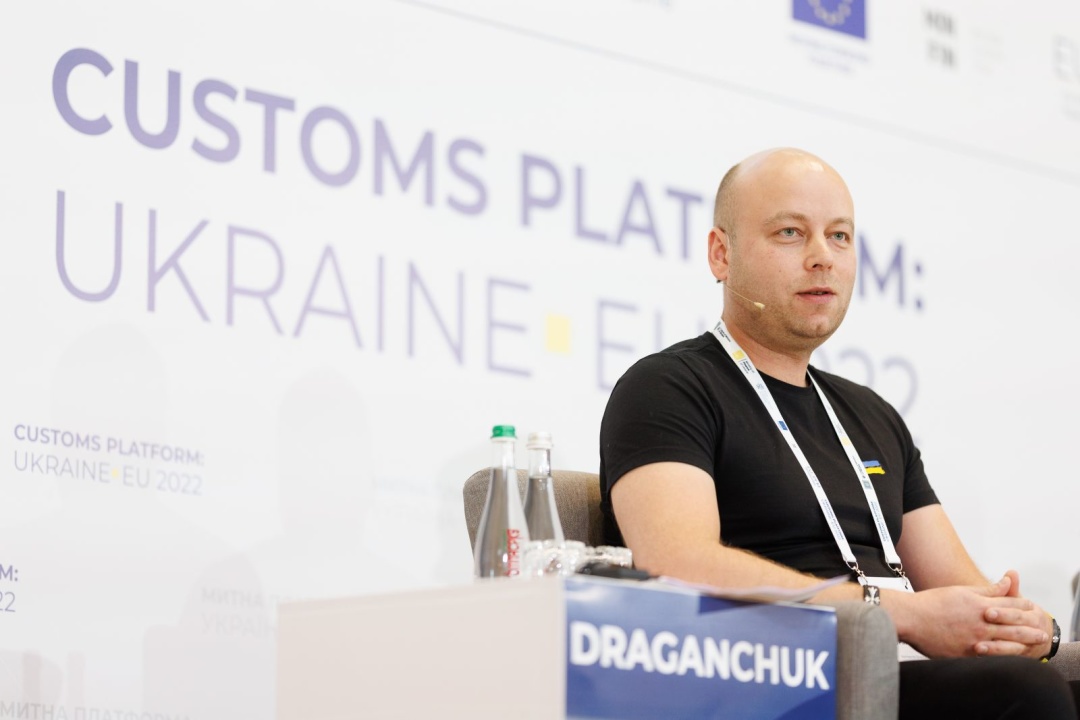
‘Customs visa-free regime’: What Ukrainian businesses should know about NCTS benefits
With Ukraine’s accession to the aforementioned Conventions and the international application of the New Computerised Transit System (NCTS), Ukrainian entrepreneurs will receive competitive advantages in the supply and transit of goods via the territory of 35 Member States of the Conventions (27 EU countries, Iceland, Norway, Liechtenstein, Switzerland, the United Kingdom, Türkiye, North Macedonia, Serbia).
The ‘customs visa-free regime’ between Ukraine and the European Union will also have a positive impact on the domestic market and change approaches to resolving logistical issues. The relevant statement was made by Ukrainian State Customs Service Deputy Head Vladyslav Suvorov during the First Customs Platform: Ukraine-EU 2022. He believes the demand from businesses was indicative for Europeans when assessing Ukraine’s readiness to join the Convention on a Common Transit Procedure and the Convention on the Simplification of Formalities in Trade in Goods.
“The essential simplifications provided by these documents help to save resources when moving goods. It is expected to have a positive effect on the domestic market and change approaches to resolving logistical problems,” Suvorov noted.
Ukrainian Finance Minister Sergii Marchenko stressed the importance of the NCTS in the context of the development of international transportation and improving the security of crossing the state border under martial law.
“Challenges of the war, which is currently taking place in the center of Europe, united the European Commission and friendly countries to support the European integration processes of Ukraine, namely in the customs area. In this situation, the application of NCTS expands the exchange of customs information, strengthens the risk analysis system, and ensures the recognition of our forms of customs control by the customs authorities of other countries. All this strengthens the security of customs transportation and promotes the development of international trade in Europe,” Marchenko told.
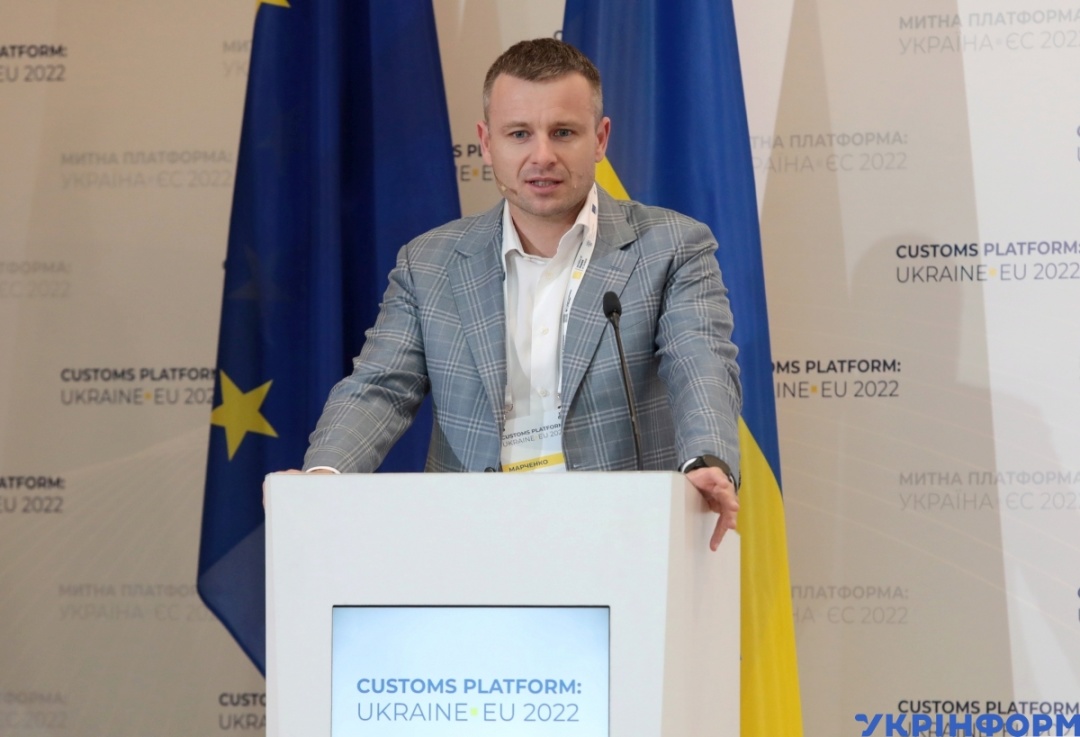
The new procedure also provides for changes in the cargo security system. For this purpose, during the internal approbation (the domestic application of the NCTS), which preceded the accession to the international Conventions, Ukraine did quite a lot in the field of information technologies. The Ukrainian State Customs Service tested about 150 scenarios of readiness to work with the NCTS at the international level. More than 1,100 traders registered in the system. Therefore, despite the war, people began to actively use the system at the national level. During the domestic use of the new model, more than 10 companies obtained a status of financial guarantors, over 7,000 T1UA declarations were produced, and two authorizations for transit simplifications were received.
“Generally, we saw businesses showing interest in this tool. Now, as we are using the system at the international level, such interest, I am confident, will be much stronger,” Drahanchuk said.
At the same time, considering the war, Ukraine has ensured a certain transitional period: somewhat relaxed financial requirements for Ukrainian enterprises for the duration of martial law and for another year after martial law ends.
“Thus, we do not ‘drive’ businesses into the NCTS, do not force them to use it right now. Instead, we provide a transitional period so that entrepreneurs can fulfill all the requirements and in some time we can start to work on equal terms with businesses operating in the European Union and other Member States of the Conventions,” Drahanchuk stressed.
He expressed hope that Ukrainian exporters, who want to be more competitive, would join the NCTS, as well as the simplifications system, and learn to optimize administrative financial costs through such tools, and would be able to release their customers and partners from the burden of different declaration formalities and providing guarantees. Moreover, they will also be able to combine simplifications.

“For example, if an importer or exporter meets the criterion of financial stability, it will be appropriate for them to obtain the AEO authorization with the possibility of obtaining the authorization for all simplifications plus a transit one almost automatically. If the financial stability criterion is not met, an entrepreneur will have two options: to combine the simplification authorization and transit simplifications, or to obtain the economic operator authorization and combine with different transit simplifications,” Drahanchuk explained.
In addition, exporters and importers will be able to receive their goods at the facilities of other enterprises, delegate the completion of transit procedures to those who provide such services. Furthermore, there are business development opportunities for carriers, customs brokers, warehouse owners. They can develop an additional range of services, for example the completion of transit procedures as a party to the regime in the NCTS under their own guarantee. This unlocks the potential for the development of commercial, logistics and trade hubs in Ukraine. Accordingly, with the liberalization of access to the customs simplifications system, the market for Ukrainian guarantors will significantly expand, same as the range of services provided by them. Earlier, only an individual guarantee used to work, and now we have already had the experience of using a general guarantee. Ukrainian guarantors will start to cover movements not only within the territory of Ukraine but also across 35 other states. This creates greater opportunities for the so-called financial mediators. However, it is also a greater responsibility, as there are certain requirements for them that have been tested and endorsed in Europe. In particular, a guarantor has to establish their representative office across all countries, where they are planning to issue guarantees for goods.
“The NCTS provides extra opportunities but does not force a business, which for some reason is not willing to use such simplifications, to join. Thus, one can work as they do now, pay to carriers who complete the necessary declarations. But, one can do all of this on their own and reduce the cost of their product in the end this way, improve logistics and become more competitive in the international markets,” Drahanchuk noted.
Also, changes provide for the implementation of the European mechanism of handling complaints and the continuation of customs digitalization, which will speed up customs formalities and reduce corruption risks. This is about ‘public interest’, so to speak.
“Additionally, for customers, this innovation should, first of all, reduce the cost of delivery. As a result, the price of goods on store shelves will decrease. Also, speeding up the movement of goods across the border will protect ordinary Ukrainians from a shortage of certain goods and, in fact, from a humanitarian crisis. In any case, people will benefit from the rapid movement of goods across the border: they will receive products faster and will have more opportunities to do so. In addition, implementing the end-use procedure and establishing the reduced (up to 0%) duty rates should promote production for the domestic market, which will help to reduce the deficit and create new jobs,” Drahanchuk explained.
The new system is also an incentive to ‘unshadow’ the profits of businesses and reduce corruption. Customs officers will receive information in advance, and then it will be difficult for them to explain, why certain shipments are kept at the border for so long. If the cargo is delayed, there must be specific reasons for this.
“This approach ensures the safety of border crossing and the security of the state, as it is better to control the goods entering the territory of Ukraine,” Drahanchuk said.
Summarizing the outcomes of the Customs Platform: Ukraine-EU 2022, Drahanchuk noted that, in the near future, the Ukrainian Finance Ministry is planning to finally bring the country’s customs legislation into compliance with the EU Customs Code (in accordance with the Association Agreement).
“In the medium term, we are planning to prepare the new Customs Code of Ukraine, which will be based entirely on the provisions of the EU Customs Code. We will also pay attention to the development of customs IT,” Drahanchuk added.
Therefore, the ‘customs visa-free regime’ is just one of the first steps in the path towards Ukraine’s European integration. Discussions on how the experience gained can be useful amid the global integration process will continue during the next sessions of the Customs Platform.
Vladyslav Obukh, Kyiv
Photo: Hennadii Minchenko, mof.gov.ua

